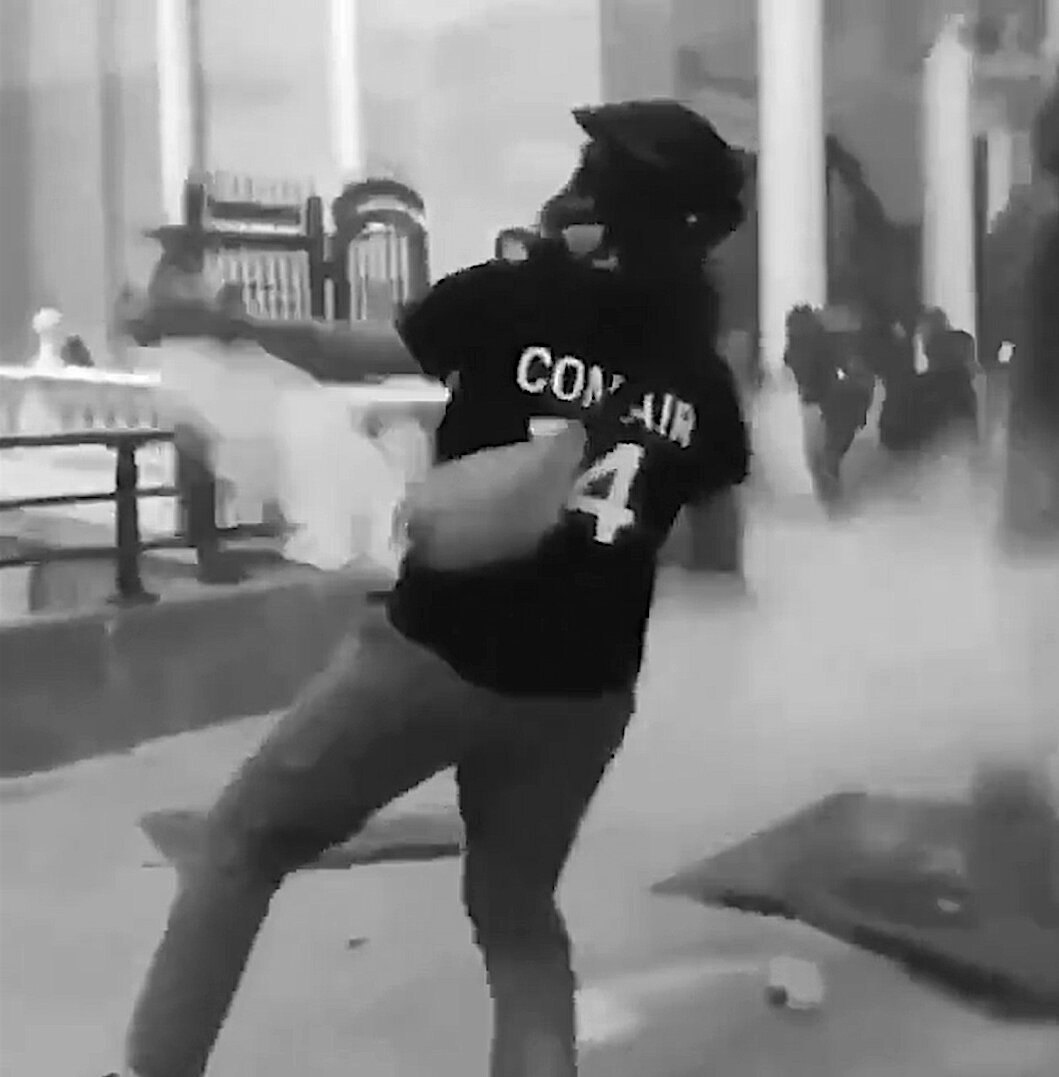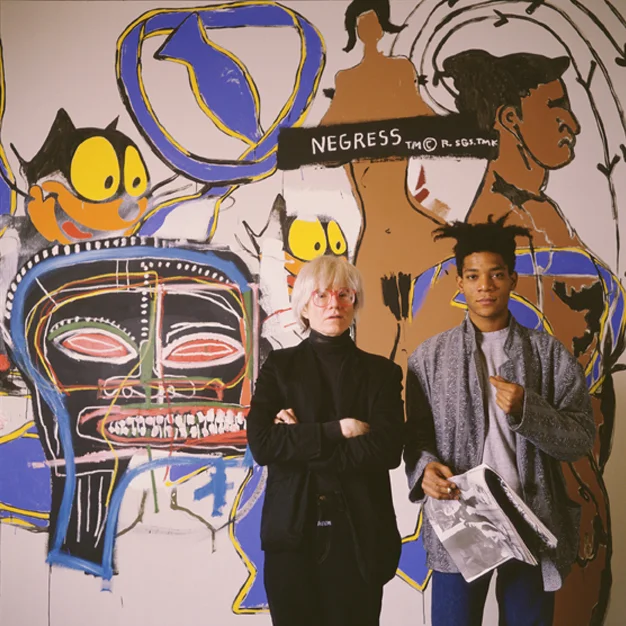Protesters in Belarus and Lebanon: Shots of Amateurs
Courtesy of Yakup Ekmen
The world is screaming for change. Public demand for better living conditions and just governance is ubiquitous across the globe, no matter the cultural or political context. Like never before people gather in urban streetscapes to be seen and to be heard. And seen and heard they are. Amateur photographers equipped with cheap phone cameras shoot away and capture everything from every angle. Political slogans, acts of violence, and images of public unity flood the internet through social media and reach supporters far and wide. With a few clicks, we can browse through hundreds of videos and photos of protests that have happened recently in places like Hong Kong, Belarus, Lebanon, Chile, France, Algeria, Sudan, the list goes on.
It is the age of the local amateur photographer that shoots a non-stylized reality—direct and raw. The pen might be stronger than the sword, but now the camera seems the strongest.
To support the largely unrecognized work that amateurs all around the world are doing while fighting for what they believe in, Musée Magazine has chosen to feature images from the recent protests in Belarus and Lebanon. Two places where people fight against their corrupt governments.
The photos are taken from short videos posted on social media. The unclear and somewhat poorly executed depictions show how the photographers are situated directly in front of the action they take part in.
Courtesy of Sjenko Lukoff
Courtesy of Vladimir Nailya
Courtesy of Timour Azhari
Compared to the clear and well-composed style of a professional photographer, the photos displayed here are vague and blurry—they leave more to the imagination. This is because the standard press photo has to be understood immediately by readers and audiences browsing through newspapers and websites. It requires a simple narrative. But this is also the weakness of the press photo because it distills reality into one easily digested point. It fails to represent the larger situation and the parts of reality that are hard to categorize.
Courtesy of Muhammed Tsarfati
Courtesy of Muhammed Tsarfati
Courtesy of Vladimir Nailya
Courtesy of Sjenko Lukoff
Where the professional press photo fails, the amateur one excels, and vice versa. They compliment each other and both methods of photography have their justification, but we should remember to commemorate the work of amateurs. They play an important role for us to understand and see the world through the eyes of normal people.
To check out normal press photos from recent protests see this BBC article.
For the full video by Sergio Keserwani click here


















